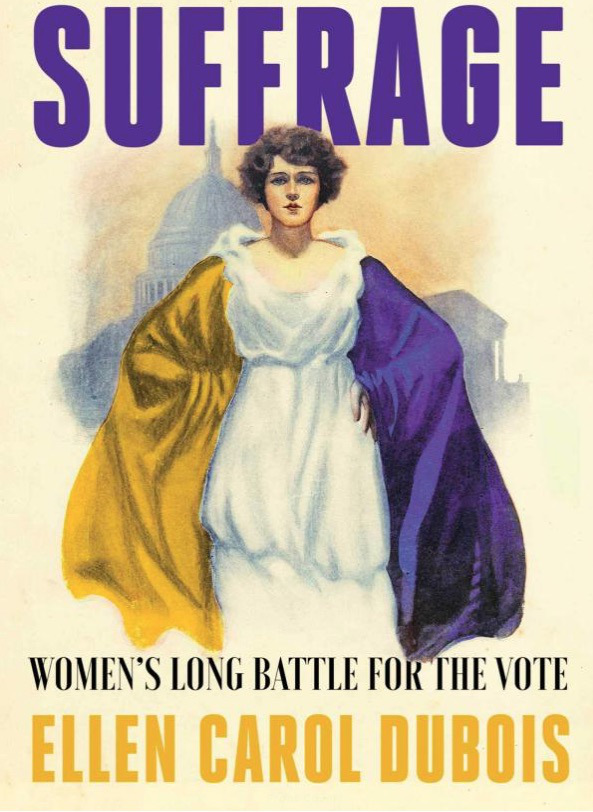This book covers a long history, and I'm curious about the evolution of the movement. What are some of the twists and turns the fight for suffrage took that were not part of the original vision?
First, what really makes the suffrage movement the foremost demand of the women's rights movement are the consequences of the Civil War. The U.S. Constitution has almost nothing to say about who votes until the 15th Amendment, [which enfranchised African American men]. In the early postwar years, the assumption was that, like economic rights, voting rights would have to be won state by state.
Then with the 13th, 14th and 15th Amendments, which virtually rewrite the U.S. Constitution [to abolish slavery and give formerly enslaved people legal and civil rights], the suffrage movement focuses on getting the right for women to vote acknowledged in the Constitution. When efforts to get women included in the 15th Amendment failed, suffragists actually returned to the state level for the next many decades.
The suffragists go back to the states, almost all of them west of the Mississippi, and convince male voters to amend their state constitution to either remove the word “male” or put the right of women to vote in those constitutions. Here is the crucial thing to acknowledge: When that happened, first in Colorado, then in California and ultimately crossing the Mississippi to New York in 1917, those women who were enfranchised by actions of the state constitution had comprehensive voting rights, including for president. So for instance, the women of Colorado gained the right to vote in 1893; they voted for president five times before the 19th Amendment is passed. By the time that the suffrage movement moves into high gear, in the midst of the first World War and then immediately afterwards, four million American women have the right to vote for president.
The way that the right to vote moves back and forth from the state to the federal level is something that could not have been anticipated. Especially since those first suffragists really thought that in the sort of revolutionary change of emancipation and black male enfranchisement, surely women would also be included. The failure of the 15th Amendment to extend the franchise to women so enraged a wing of the women's suffrage movement that it broke open the alliance between black rights and women's rights groups with serious and negative consequences for the next half century.
The second thing I'd say is that when women's suffrage started, the political parties were quite infant. Indeed, the women's suffrage movement begins before the Republican Party comes into being. I don't think that suffragist reformers really anticipated how powerful the major political parties would be over American politics. One of the things I discovered in my work was how determined the controlling forces in the major parties, first the Republican and then the Democratic Party, were to keep women from gaining the right to vote.
